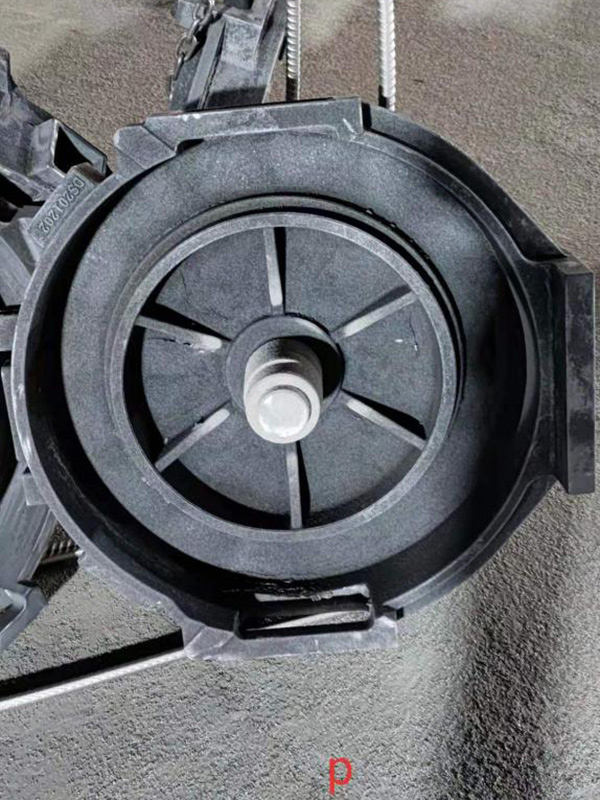Resin Sand Casting An Innovative Approach to Metal Casting
Resin sand casting is an advanced manufacturing process that has gained popularity in various industries for its adaptability, precision, and ability to produce high-quality components. Unlike traditional sand casting, which uses water-based binders, resin sand casting utilizes thermosetting resins to bind the sand particles, creating a more durable and accurate mold. This article explores the benefits, processes, and applications of resin sand casting, revealing why it is becoming a favored choice for manufacturers worldwide.
The Process of Resin Sand Casting
The resin sand casting process begins with the preparation of the sand mixture, which typically includes a silica sand combined with a resin binder and a hardening agent. This blend creates a mold that is strong and capable of withstanding the high temperatures of molten metal. The mixture is compacted into a mold box, forming a cavity that mirrors the desired shape of the final product.
Once the mold is formed, it is heated to cure the resin, solidifying the mold and enhancing its strength. After cooling, the mold halves are separated, revealing the cavity that will receive the molten metal. The next step involves pouring the metal into the mold, where it will take the shape of the cavity as it cools and solidifies. Finally, the mold is broken apart to retrieve the cast metal part, which will often require finishing processes such as machining or sandblasting to achieve the desired surface quality and dimensions.
Advantages of Resin Sand Casting
One of the primary advantages of resin sand casting is its ability to produce highly detailed and accurate parts. The use of resin binders results in less sand deformation compared to traditional sand casting, which can lead to higher dimensional tolerances and finer surface finishes. This precision is particularly important for industries that require intricate designs and close specifications, such as aerospace and automotive manufacturing.
resin sand casting

Additionally, resin sand casting allows for greater design flexibility. Molds can be created in various shapes and sizes, accommodating complex geometries that might be challenging or impossible to achieve with other casting techniques. This versatility not only saves time and costs associated with multiple manufacturing processes but also opens up new possibilities for product innovation.
Environmental considerations have also played a crucial role in the rise of resin sand casting. The process produces less waste compared to traditional methods, and advancements in resin formulations have made it possible to create more environmentally friendly options. Manufacturers are increasingly seeking sustainable practices, and resin sand casting aligns with this trend by minimizing material usage and reducing emissions.
Applications of Resin Sand Casting
Resin sand casting is utilized across a broad spectrum of industries. In the automotive sector, it is commonly used to produce engine blocks, transmission cases, and various other components that require both strength and precision. The aerospace industry also benefits from resin sand casting’s capability to produce lightweight, high-strength parts, such as turbine housings and brackets, which are critical for fuel efficiency and performance.
Other applications include the manufacturing of marine components, industrial machinery, and decorative art pieces. The ability to create unique, complex designs with excellent surface finishes makes resin sand casting an attractive option for artists and designers looking to bring their creative visions to life.
Conclusion
In summary, resin sand casting represents a significant advancement in the realm of metal casting processes. With its numerous advantages, including increased precision, design flexibility, and environmental sustainability, it is no wonder that many industries are embracing this innovative technique. As technology continues to evolve and manufacturers demand higher quality and more sustainable solutions, resin sand casting is poised to remain a crucial method in the production of high-performance components. Whether it is for industrial applications or creative projects, the potential of resin sand casting is limitless, paving the way for future developments in the manufacturing landscape.
Post time:okt. . 11, 2024 16:17
Next:Benefits of Sand Casting for Efficient Manufacturing Processes and Quality Production
